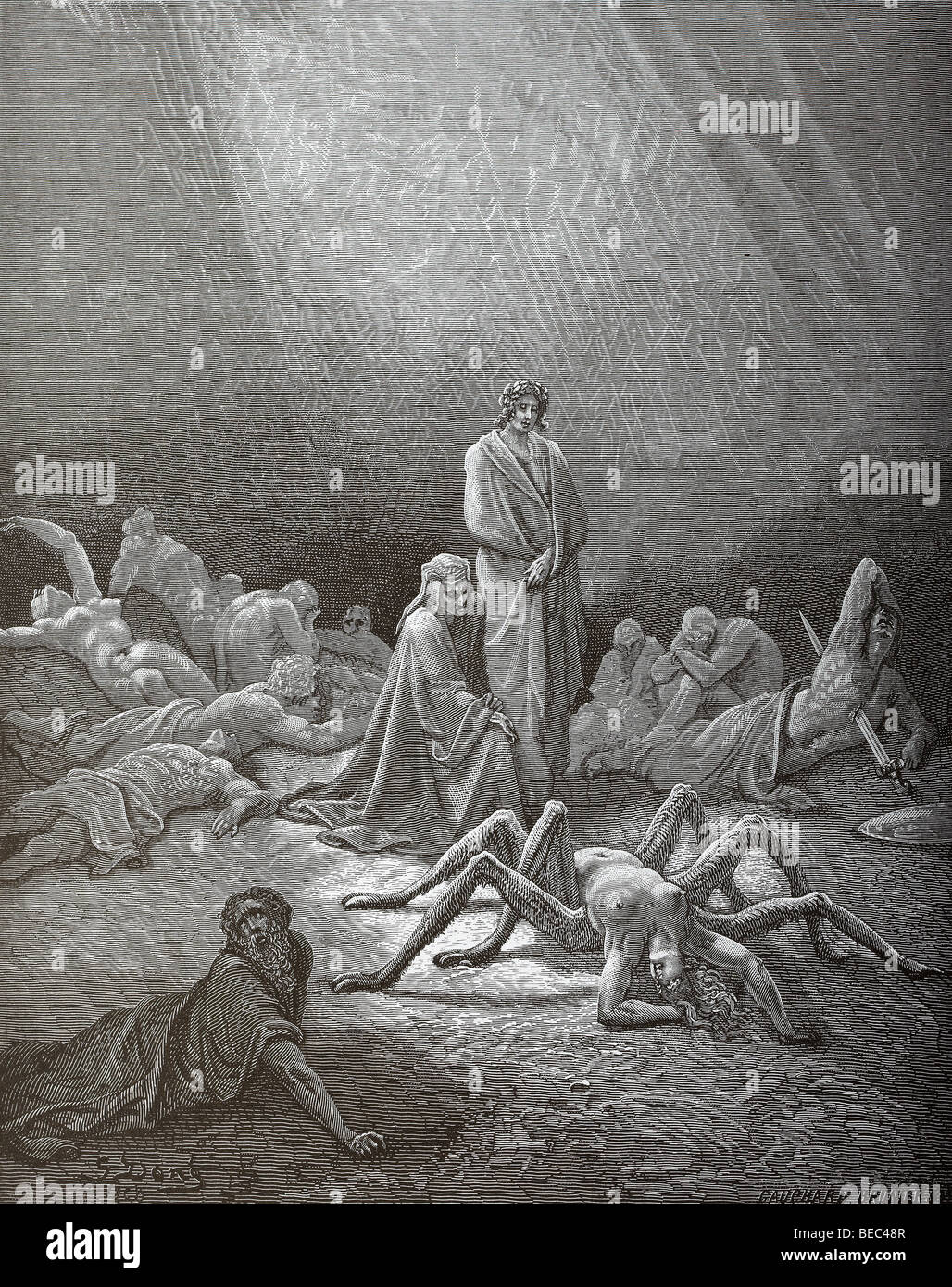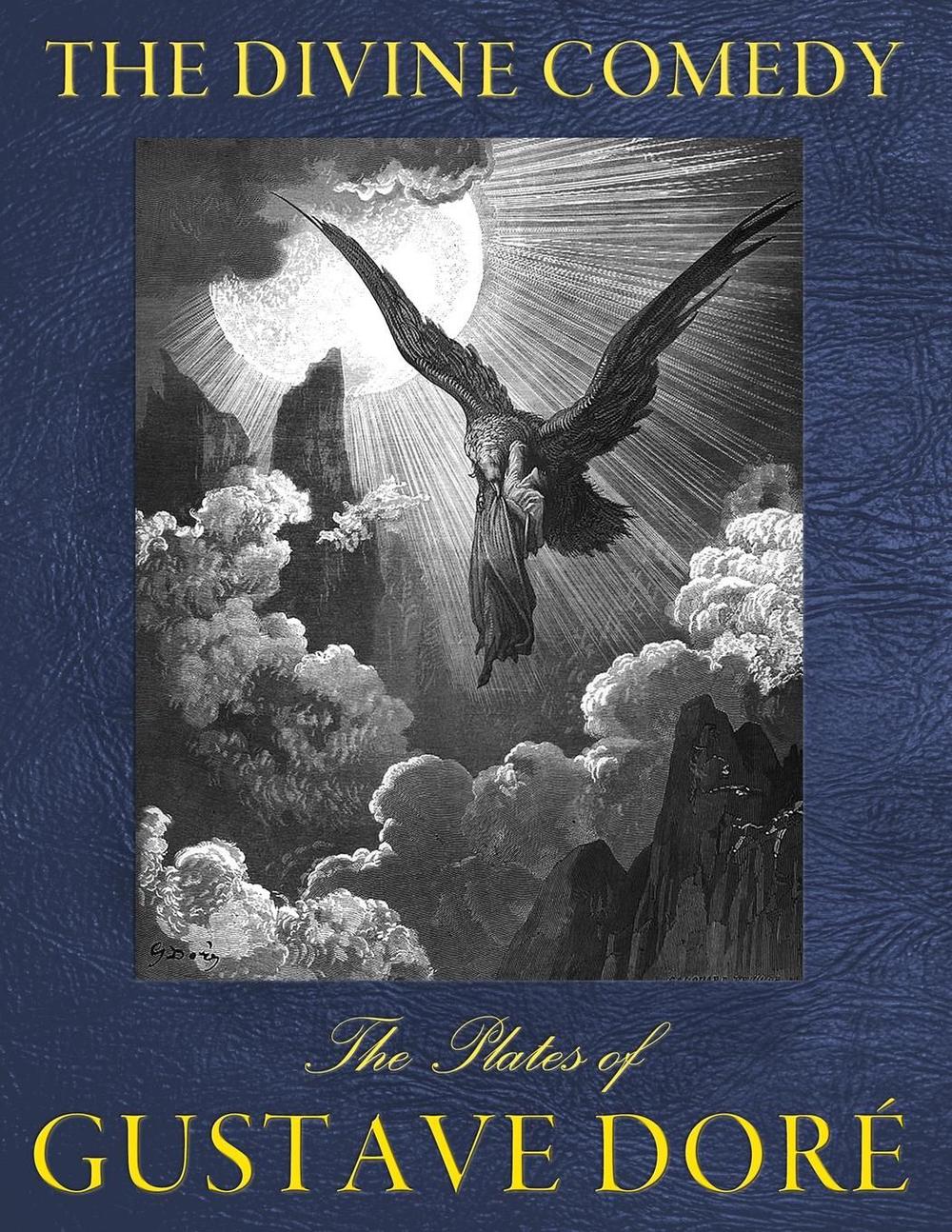


He tells Dante to get away from the dead, as he won’t be carried across by him with those souls, but have to arrange another crossing.

Then Charon, an irascible old man with white hair and coal-black eyes, appears in his boat. Gustave Doré (1832–1883), The Arrival of Charon (c 1857), engraving, dimensions not known, location not known. They form a river of naked bodies drawn by a banner, their faces constantly being stung by wasps and hornets, so that they are streaked with blood and tears.Īmong them is one who has been identified as Pope Celestine V, who refused to take office in July 1294 another possibility is Pontius Pilate, who refused to pass judgement on Christ. Dante is then struck by the terrible sounds that he hears, of the tormented sinners in Hell mixed with the sound of the first group of dead: those who have been refused entry to Hell or to Heaven, because of their cowardice in failing to choose between God and the Devil. Virgil explains its meaning to Dante before the two enter. William Blake (1757–1827), The Inscription over Hell-Gate (Dante’s Inferno) (1824-27), pen and ink and watercolour over pencil, dimensions and location not known. Traditionally translated as Abandon hope all ye who enter here, but perhaps more faithfully as Leave behind all hope, you who enter. This culminates in the most famous line of the whole of the Divine Comedy: There inscribed above the gate is a forbidding series of lines which leave the traveller in no doubt as to where they are going: to everlasting pain and tortured souls. Dante has been rescued from three wild beasts by the ghost of Virgil, who leads him along the only route away, taking the pair to the gate of Hell.


 0 kommentar(er)
0 kommentar(er)
